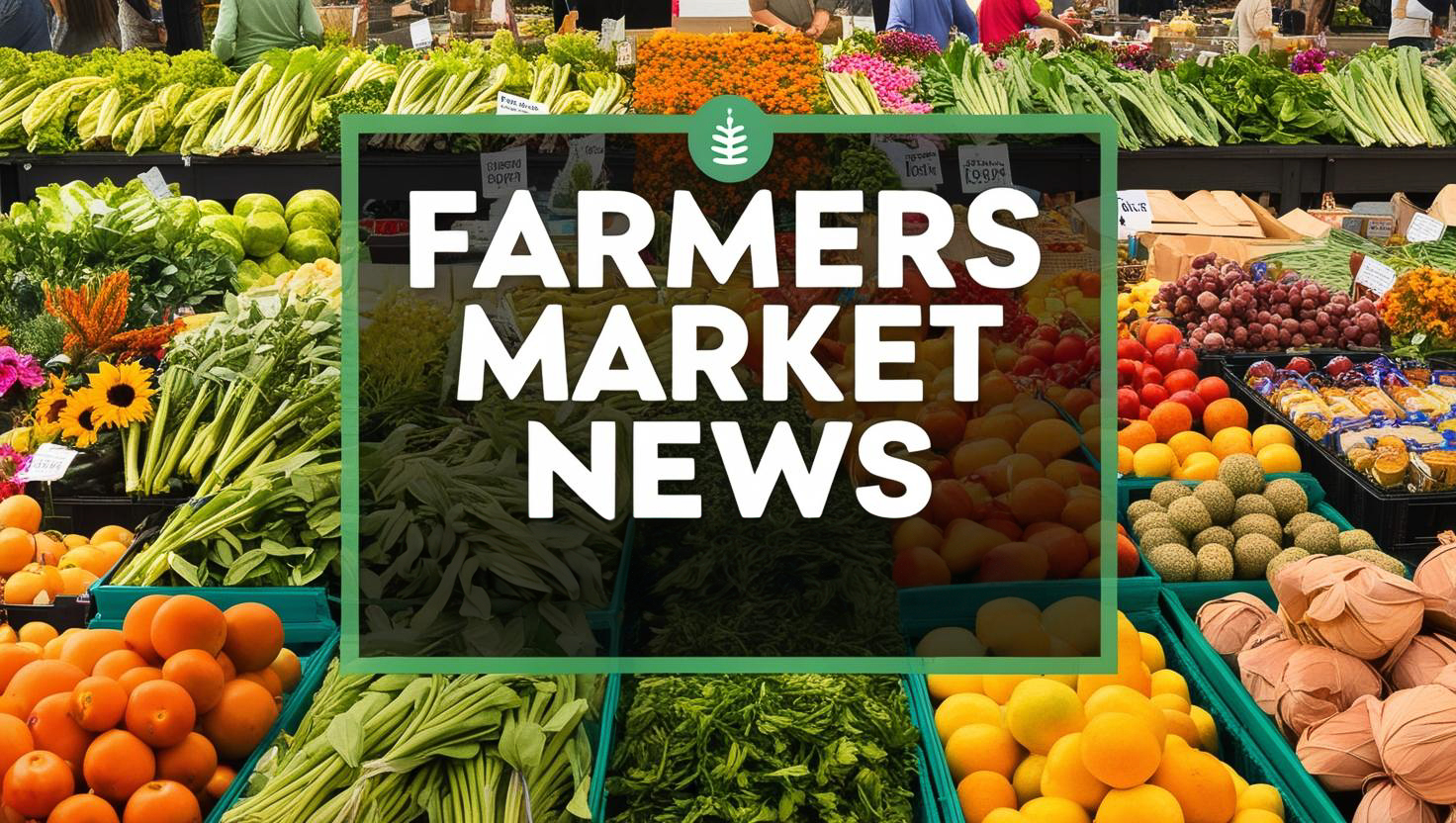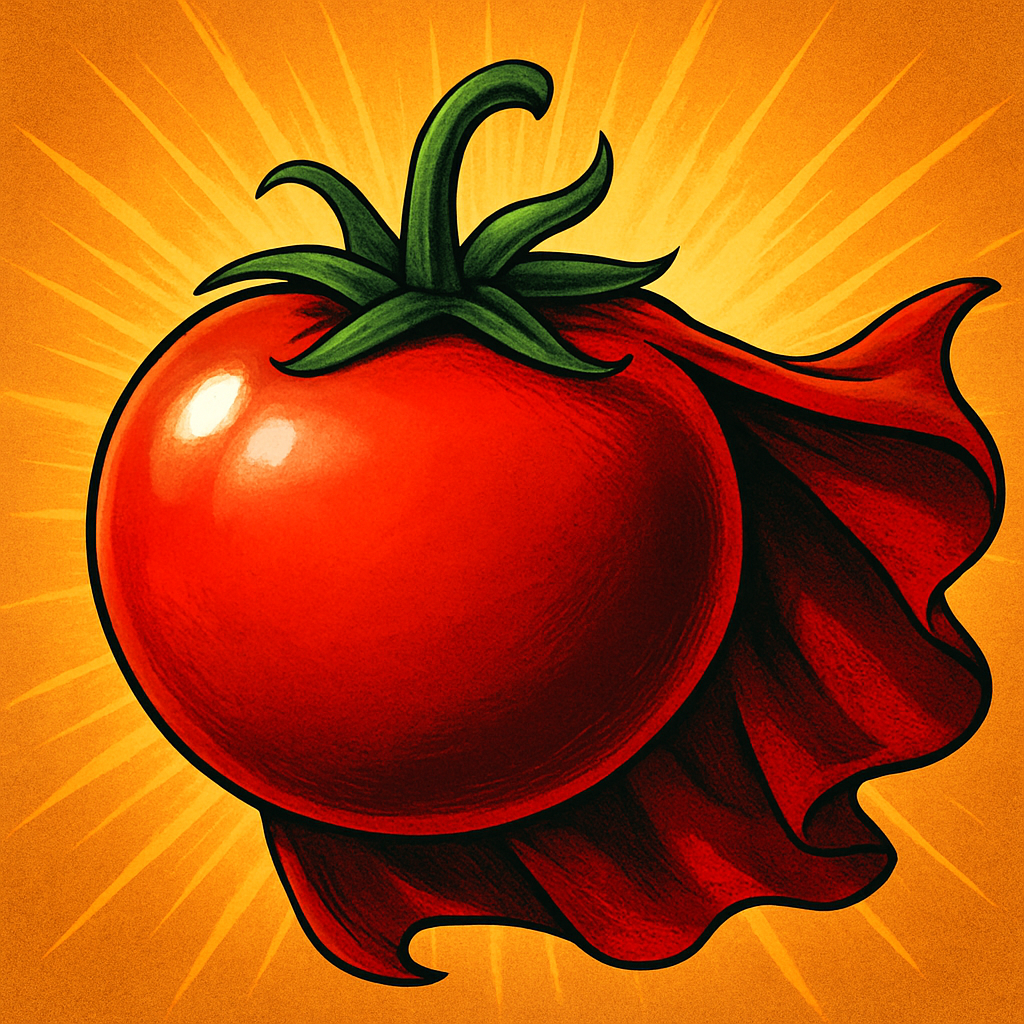
Recent developments in U.S. potato trade negotiations could significantly impact farmers markets, vendors, and consumers. The National Potato Council (NPC) is advocating for expanded market access, particularly in Japan, which could lead to increased demand for U.S. potatoes and potential changes in pricing and availability at local markets.
Potential Tariff Implications
Discussions around potential tariffs, especially with major trading partners like Mexico and Canada, are ongoing. While these tariffs aim to protect domestic industries, they could lead to retaliatory measures, affecting the supply chain and potentially increasing costs for vendors and consumers at farmers markets.
Impact on Farmers Markets
For farmers markets, these trade dynamics mean vendors may experience fluctuations in supply and pricing. An increase in export demand could lead to higher prices domestically, affecting the affordability of potatoes for consumers. Conversely, if tariffs lead to decreased exports, there could be an oversupply domestically, potentially lowering prices but also impacting farmers’ revenues.
Looking Ahead
As trade negotiations continue, farmers market stakeholders should stay informed about policy changes. Understanding these developments will be crucial for vendors in planning their supply and pricing strategies, and for consumers in anticipating potential changes in product availability and cost.

